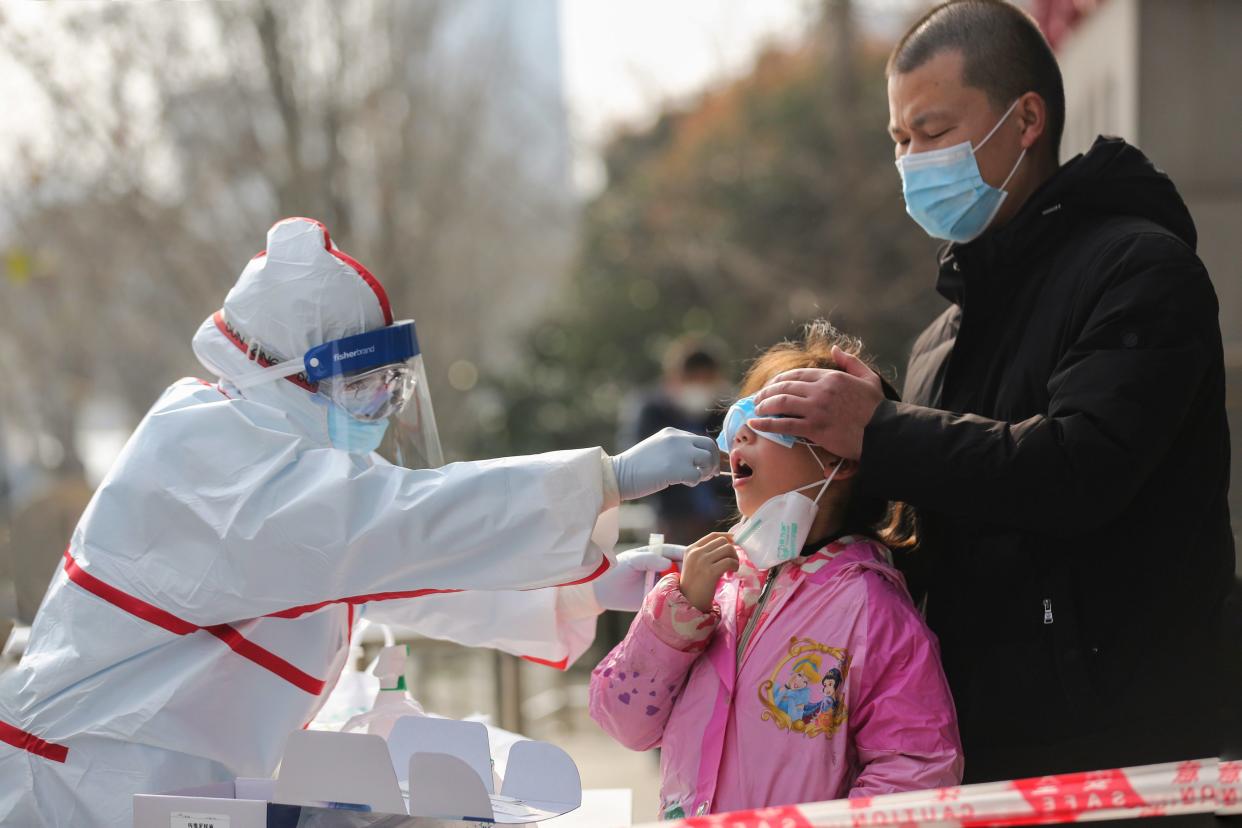COVID-19: 10 discoveries about the coronavirus

By Sangeeta Mulchand
SINGAPORE — As scientists race to develop a vaccine and drugs against COVID-19, they are uncovering more about the disease and the coronavirus that causes it: SARS-CoV-2. Yahoo News Singapore looks at 10 recent discoveries about the disease and its seemingly untamed spread around the globe.
Origins
1. Blame the bats: While conspiracy theories abound, Chinese scientists who sequenced the genome of the COVID-19 virus maintain that the virus most likely originated from bats. The genomic sequence of COVID-19 is “phylogenetically closest to a bat SARS-like CoV” and has a single intact open reading frame gene 8, “a further indicator of bat-origin CoVs”.
2. The human leap: Comparing the sequencing of COVID-19 with that of known coronaviruses indicate that COVID-19 is likely “a recombinant of a number of different coronaviruses that are known”, US scientists say. This finding could help researchers understand how coronaviruses jumps to humans. COVID-19 is the third in 17 years to do so.
Vaccine
3. Molecular mystery no more: Using cryogenic electron microscopy, scientists in the US have worked out the molecular structure of a “spike protein” that the coronavirus uses to invade human cells. Knowing the shape of the protein is key to knowing how to target the virus, the researchers said.
4. SARS-CoV genetic link: Researchers in Hong Kong have identified a set of potential vaccine targets which could guide the development of a COVID-19 vaccine. As the genetic sequences of SARS-CoV-2 and SARS-CoV are similar, they believe that the identified B cell and T cell epitopes that trigger an immune response against SARS may also trigger an immune response against COVID-19.
5. Turning to known drugs: Doctors in China are testing HIV and Ebola drugs in their quest for a coronavirus cure, with early results expected in March. Patients in the first trial are taking the HIV drug Kaletra, and those in the second are taking Ebola drug remdesivir.
The drugs were prioritised by the WHO’s R&D experts. Meanwhile, a clinical trial to test remdesivir has begun in the US’ University of Nebraska Medical Centre, with an American that caught the disease onboard the Diamond Princess its first participant.
The Disease
6. Mostly mild: About 80% of novel coronavirus cases are mild, with patients experiencing only a fever or dry cough. Some 1.2 per cent of all China patients confirmed to be infected with the virus between 8 December and 11 February showed no symptoms.
7. Top targets are men: Although both men and women have been infected by the new coronavirus, researchers found the death rate among men was 2.8 per cent, compared with 1.7 per cent among women. Men were also more badly affected by SARS and MERS, both of which were caused by coronaviruses. The latest wave of concern, though, is the possibility that victims can be reinfected after they have recovered.
8. More transmissible but less deadly: The novel coronavirus is more contagious than the related viruses which cause SARS and MERS, but COVID-19 is less fatal on a case-by-case basis. Scientists estimate that the virus is fatal in 2 per cent of cases.
Spread
9. Close contact: COVID-19 is spread primarily through respiratory droplets, but because these droplets are too heavy to remain suspended in the air, direct person-to-person transmission normally only happens when people are within about six feet of each other, the US CDC said.
10. Washroom worry: An analysis of stool samples has found that the virus shed in stools is viable enough to spread to other people. Tests on stools were conducted as the number cases exceeded what would be expected if the virus were spreading only through respiratory droplets and contact with infected patients.
Related stories
How past outbreaks before COVID-19 impacted Singapore
COVID-19: Singapore confirms 5 new cases including Frenchman; new SAFRA Jurong cluster; total 117


